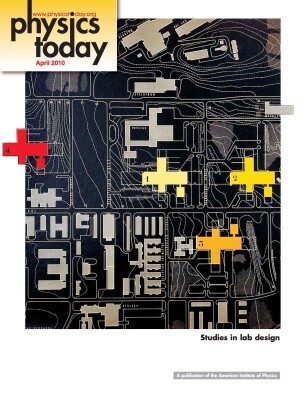Tiny power boost from an entropy engine
DOI: 10.1063/1.3397034
In a combustion engine, work is produced from heat liberated by burning the fuel. In hydrocarbon fuel cells, the fuel is directly converted into electricity. Both types of engines, however, waste heat and emit gas byproducts that are considered useless—or even pernicious, as in the case of the greenhouse gas carbon dioxide. But Martin Gellender, an environmental officer for the state government of Queensland, Australia, makes the case for exhaust gases as an energy source: In a conceptual paper, he explores the overlooked entropy increase that occurs when concentrated gases isothermally mix with air. As illustrated in the schematic, if an exhaust gas mixture containing, for example, CO2 at a high concentration is separated from air by a piston-membrane barrier that selectively blocks CO2 passage, the concentration gradient performs work on the piston until the CO2 concentrations on both sides are equal. According to Gellender’s calculations, a secondary entropy engine could theoretically recover up to 7% of the fuel’s energy and could provide a power boost to the primary engine: up to 1.5% for combustion engines and up to 3.5% for fuel cells. He says that new fuel-cell designs and material advances could lead to a practical entropy engine that reduces the fuel consumption of power plants. (M. Gellender, J. Renew. Sust. Energy 2 , 023101, 2010 http://dx.doi.org/10.1063/1.3324789

